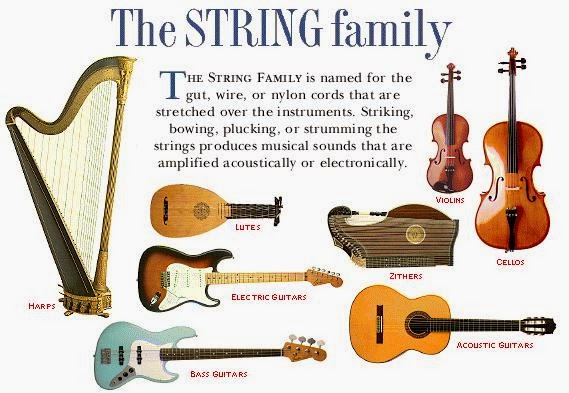

The Music of the Maya: Mysterious whistles Confound Experts.Ancient instrument found in Turkic warrior burial in Kazakhstan.It has also been mentioned that the design of the bullroarer is mostly a matter of taste, and that any shape would work as long as it is not too heavy or wide. Regardless of whether wood or bone is used, the material is usually thin and flat, and also elliptical in shape. Nevertheless, animal bone may also be used for its construction. Lorimer, the bullroarer is commonly made from wood. Lorimer Fison, an anthropologist, Methodist minister, and journalist who named the bullroarer. The name came about when he compared the Australian Aboriginal version of this instrument to a wooden toy he had made as a boy - which he incidentally called a ‘bullroarer.’ Since then, this term became adopted as the technical name for the instrument. The use of the word ‘bullroarer’ for such a musical instrument is said to have entered into “anthropological literature” thanks to 19th century scholar by the name of Rev. ( CC BY SA 3.0 ) The Construction of a Bullroarer The bullroarer (upper right) is made with reindeer antler and was found in Lalinde, Dordogne. In each culture, the bullroarer is known by a different name. Nevertheless, evidence of its use can be seen also in other cultures, such as the ancient Greeks and the Maoris. Today, the bullroarer is associated mainly with the Aboriginal peoples of Australia. Although the bullroarer is an ancient instrument, it has also been used in various cultures throughout history. Paleolithic tombs suggest that one of the earliest and longest-surviving artifacts that can be called a ‘musical instrument’ is the bullroarer. Music is believed to have been made by human beings since prehistoric times.


 0 kommentar(er)
0 kommentar(er)
